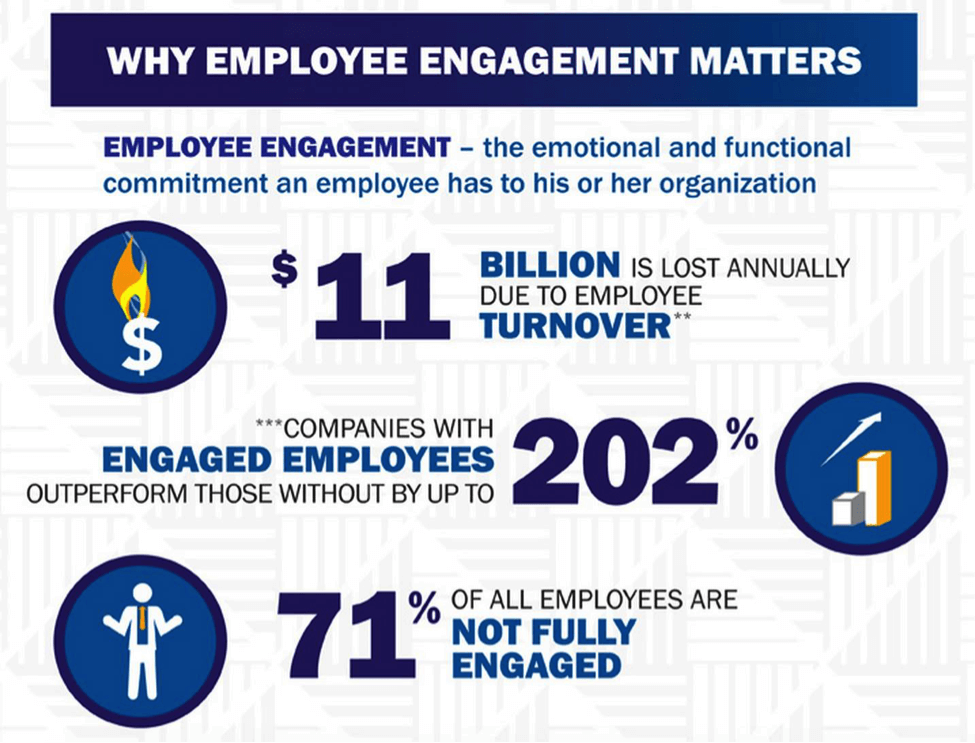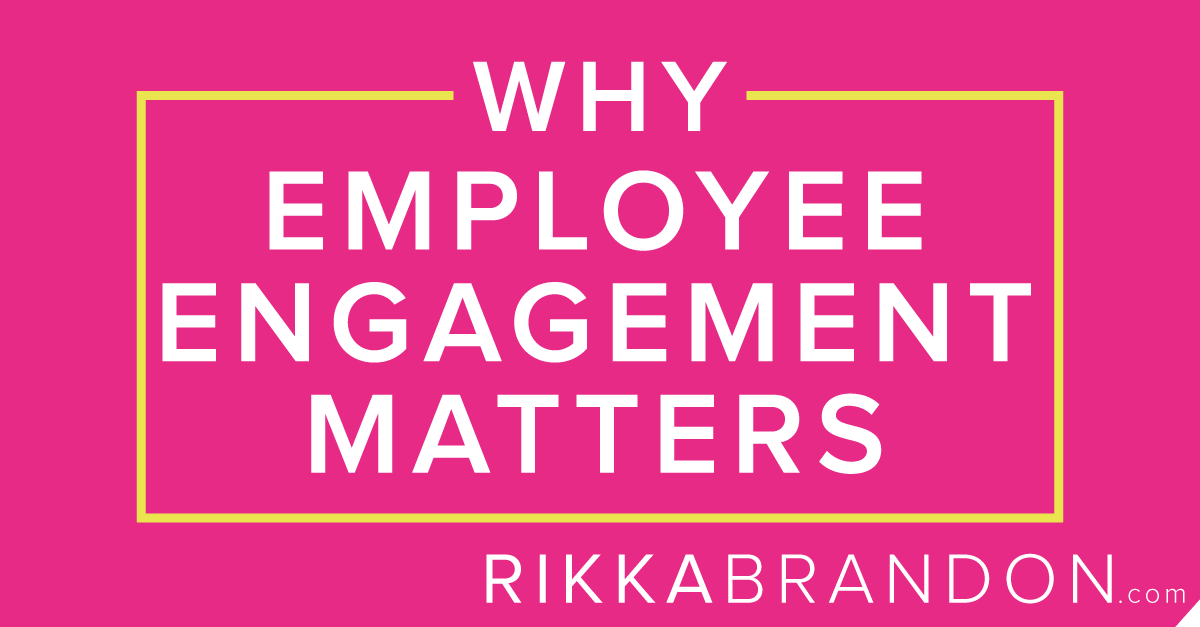A few years ago, I decided to run my first marathon with a friend. That sounded thrilling, exciting, and like I would be queen of the world when I crossed the finish line. I was pumped!
Then it got real.
I needed to train. I needed to be all in emotionally to have the mental fortitude to make this happen. And I needed to have a plan that would walk me through the steps of making it happen. And I knew if I did those things I would be committed to achieving my goal.
I found a plan.
I followed a plan from Hal Higdon, American writer, and runner, designed for the first time marathoner. As I looked at the steps and the week by week goals, I felt like this was doable. Not to say that my execution wasn’t without its bumps in the road. There were days when I just didn’t want to run. There were days when my runs were less than stellar. And there were days when I felt like I could run and run and run.
What I learned through all of that training was that the number one thing that made my runs great or made them…..not so great, was my attitude. The emotional component was a huge part of my success. Without a positive attitude and a clear vision of a successful outcome, my runs faltered.
But not on race day. On race day it all came together!
Employee Engagement is a widely talked about topic. Successfully creating an environment of highly engaged and effective team members is a marathon, not a sprint.
Just doing an employee engagement survey isn’t the answer to engaged employees.

1. Ask yourself, “why?”
This is the first question you need to ask yourselves before you begin your Employee Engagement marathon. The answer may seem obvious, don’t we all want engaged employees? Of course. Before you begin, consider what your company’s goals are and how a more engaged workforce is going to help you achieve those goals. Take a look at your culture. Is it what you want it to be? And if not, what is that ideal outcome.
2. Gain Commitment
An Employee Engagement initiative is only as strong as the commitment of your leadership team to support it. Take a top-down approach making sure that everyone on your leadership team understands what will happen, why it’s happening, how it will help them to achieve their goals, and overall benefit the company. When your people are “all in”, you will cross the finish line successfully.
3. Plan and Execute
Before you begin, have a plan for how you will use the information once it’s compiled. Decide who will be involved in disseminating the information and come up with a communication plan. The number one failure we see companies make when they begin and Employee Engagement initiative is not to communicate the results or take action. The people who’ve taken the time to provide this valuable information become disengaged because they feel like their input wasn’t valued if communication and action don’t happen.
By doing these three things, when you find yourself on the starting line of your Employee Engagement marathon, you will find yourself successfully crossing your finish line.
Until next time,

Guest Author
 Tamara Anderson is a Co-Owner and Team Performance Strategist at Dale Carnegie of ND who aligns business strategies and people practices to drive results. She has a passion for performance, works to exceed the WOW factor, powers up organizational culture, loves her clients, and expects business results. In a nutshell, she is the fork in the road where culture and strategy meet.
Tamara Anderson is a Co-Owner and Team Performance Strategist at Dale Carnegie of ND who aligns business strategies and people practices to drive results. She has a passion for performance, works to exceed the WOW factor, powers up organizational culture, loves her clients, and expects business results. In a nutshell, she is the fork in the road where culture and strategy meet.
You know what Zig says about motivation – right? Like bathing, he recommends it daily. If you need some daily hiring motivation, check out our Facebook, Twitter, and Pinterest for daily tips on how to find and hire great employees!


Recent Comments